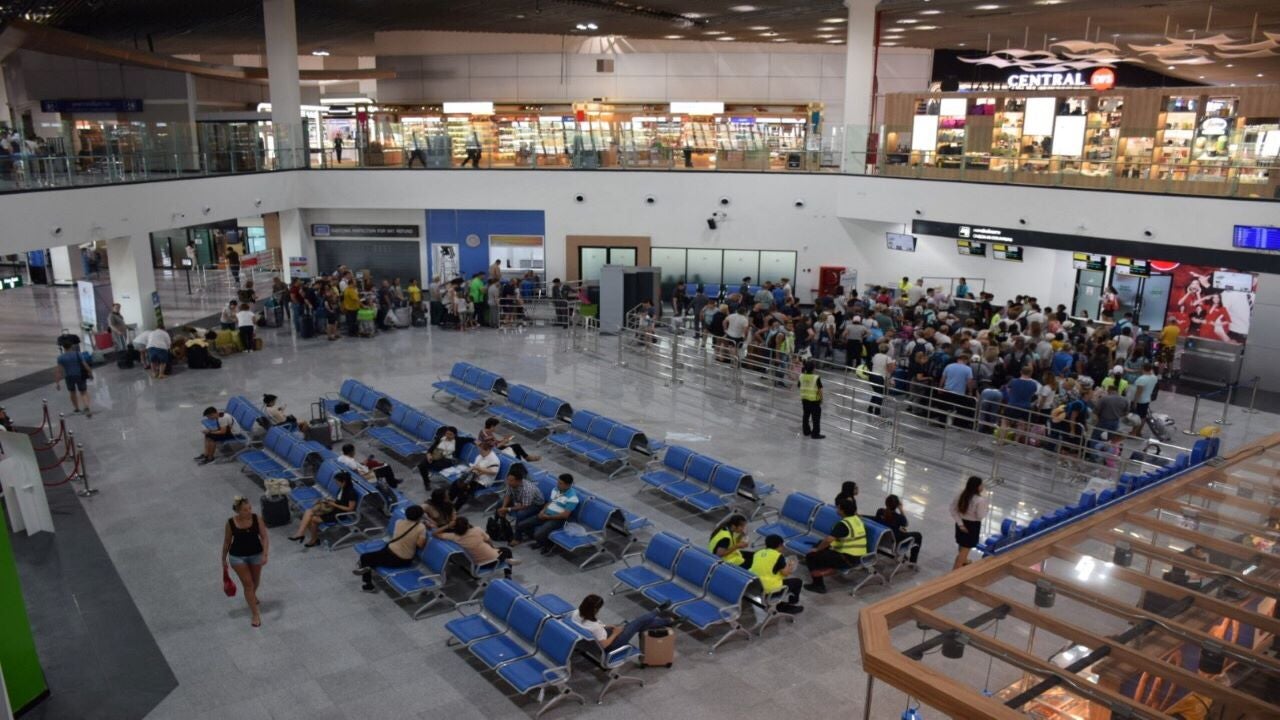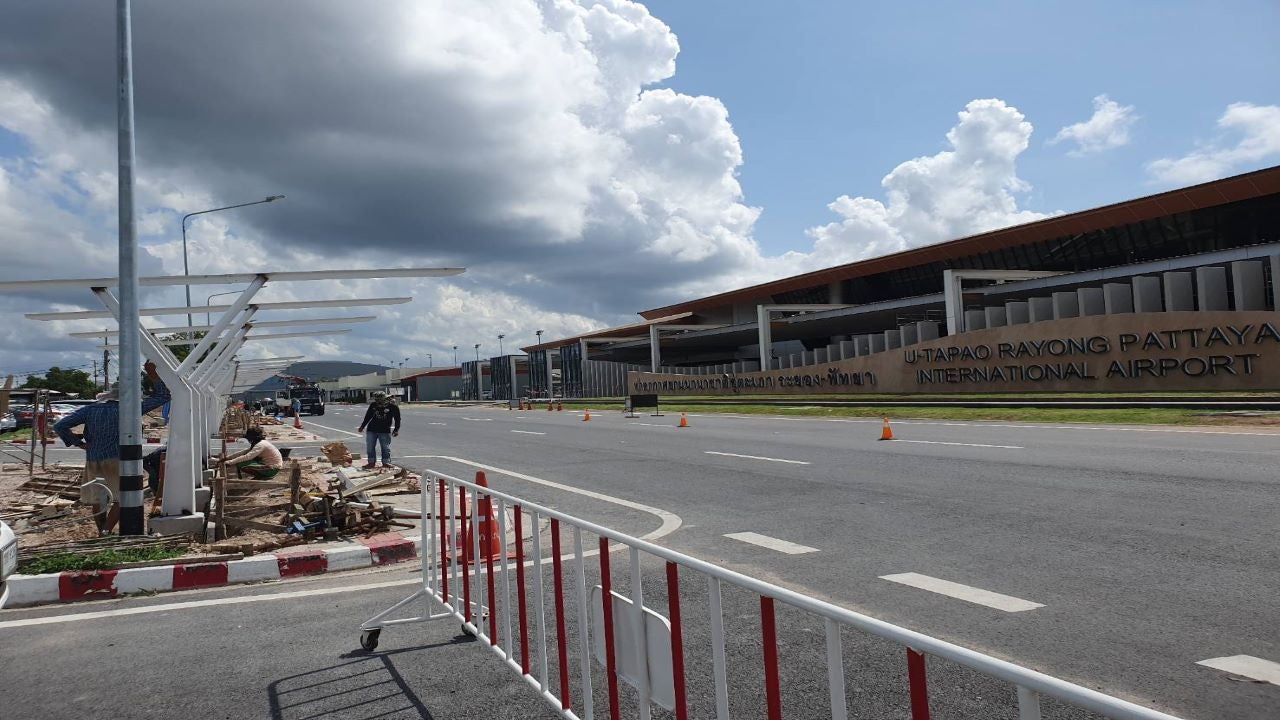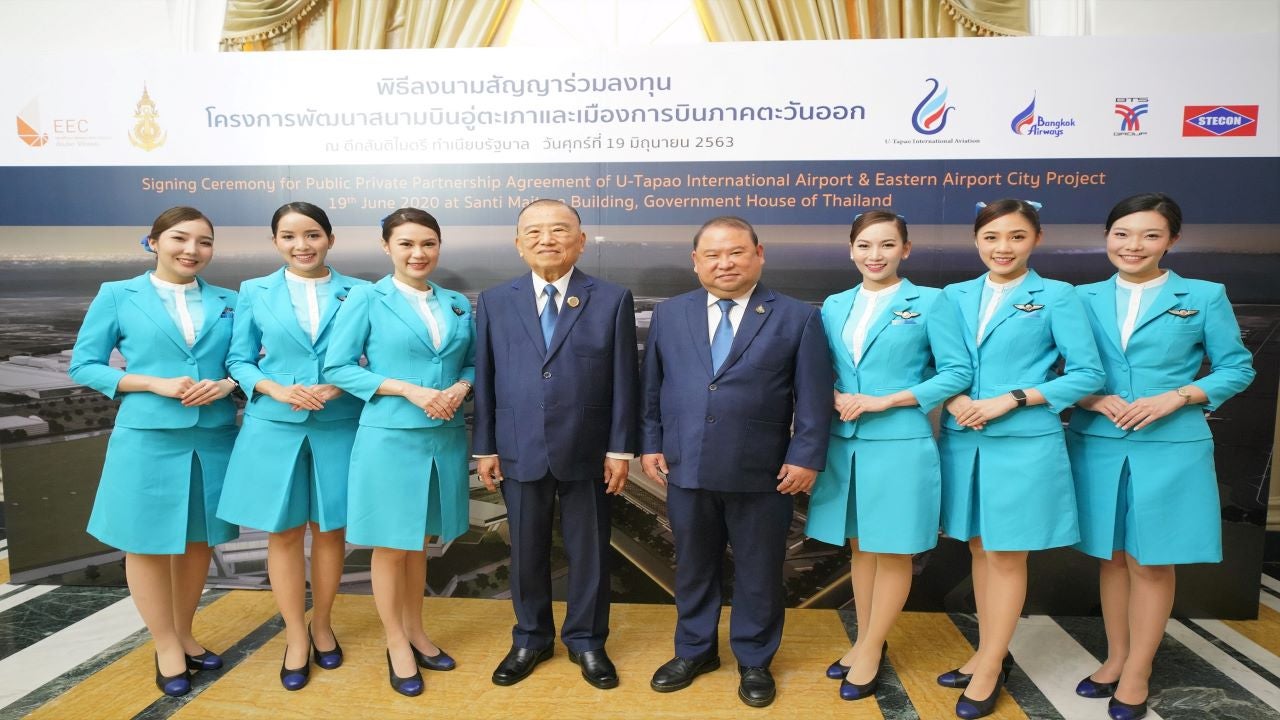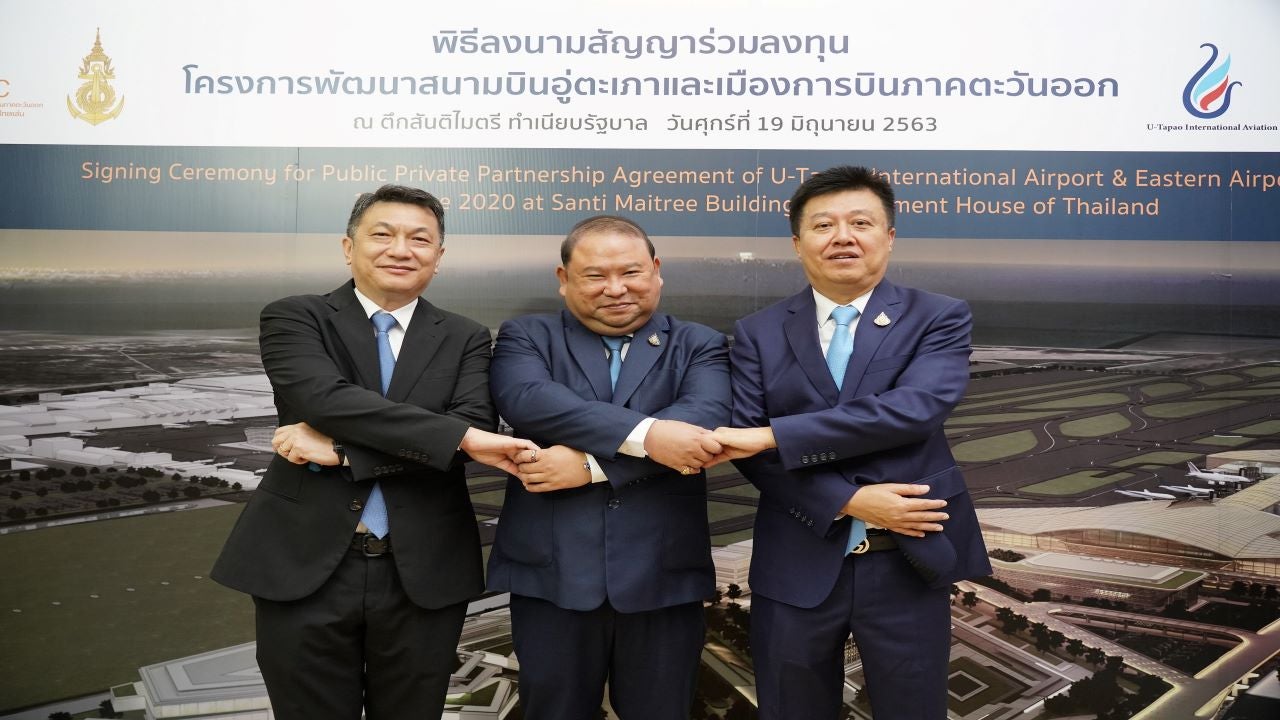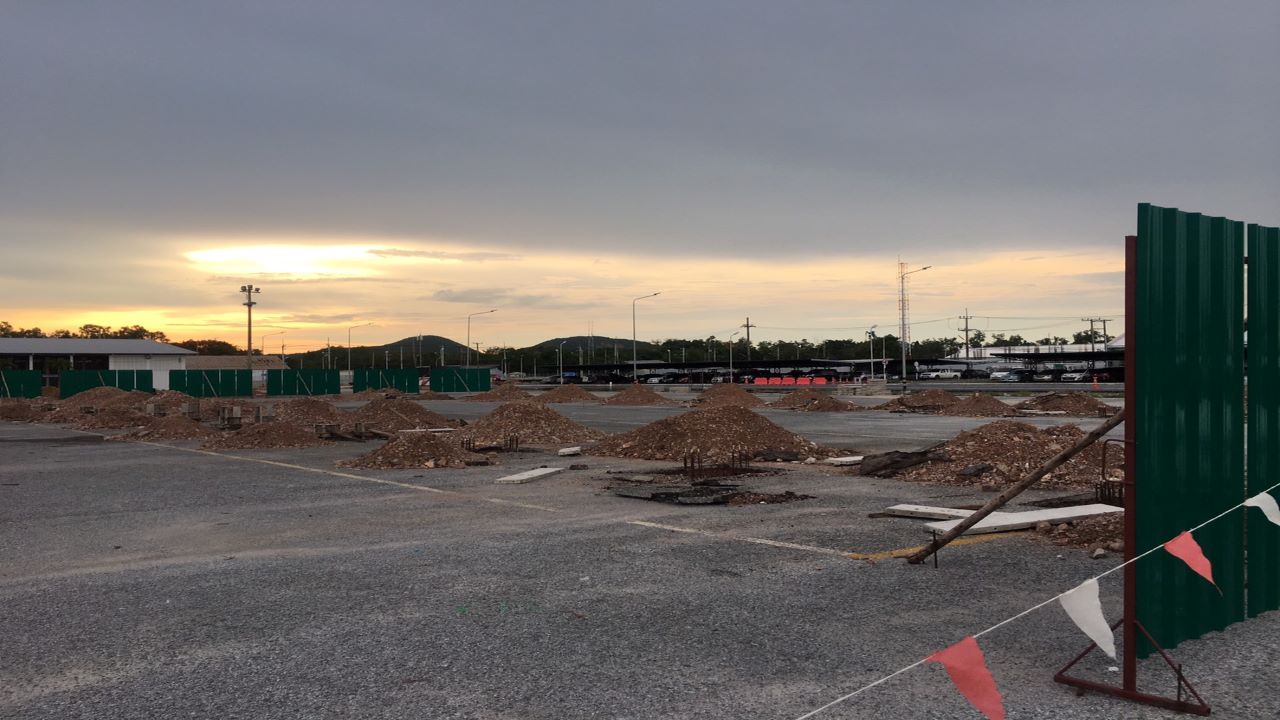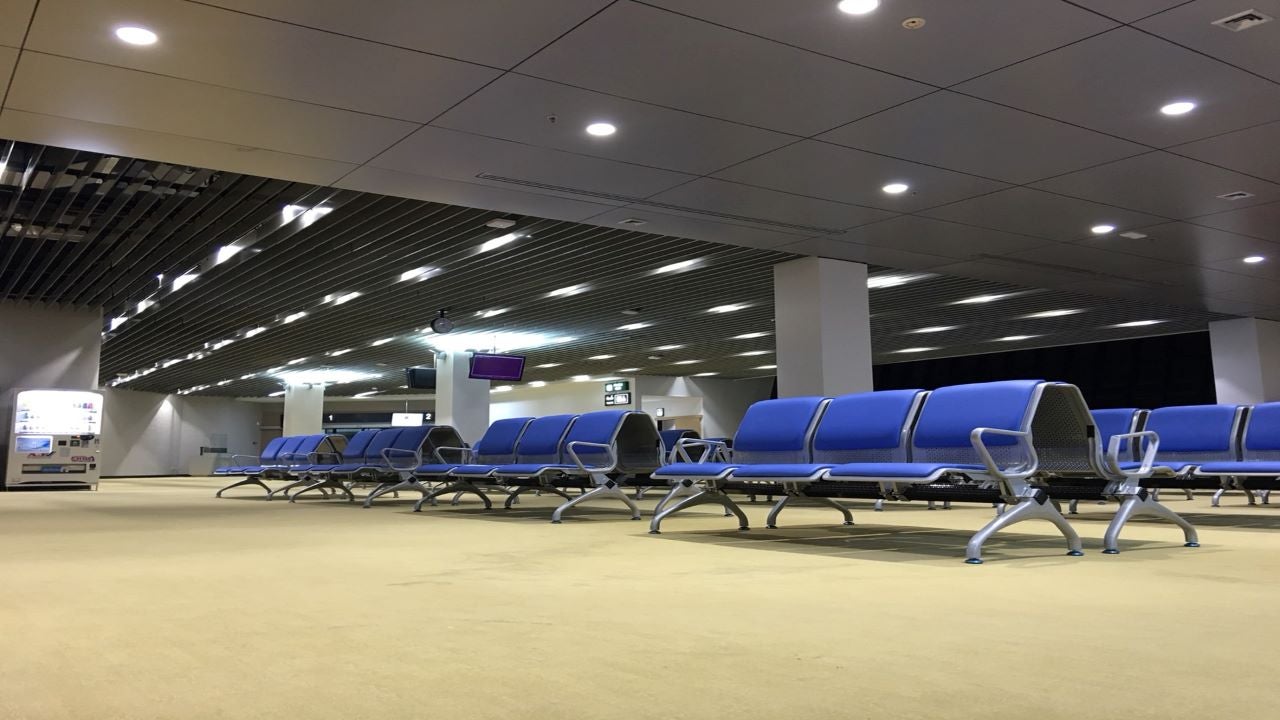U-Tapao International Airport near Pattaya, Thailand, is undergoing a major upgrade to become one of the most innovative airports and multi-modal transport hubs in the Asia region.
The development project, dubbed U-Tapao International Airport and Eastern Airport City Development Project, is a part of Thailand’s Eastern Economic Corridor (EEC) Scheme which seeks to develop the country’s eastern provinces.
The upgrade project will involve an estimated investment of THB290bn ($9bn) and create 15,600 jobs a year in the first five years. The expanded airport is expected to commence commercial operations in 2025.
The U-Tapao airport will be turned into Bangkok’s third international airport and linked with Don Mueang International Airport and Suvarnabhumi International Airport via high-speed train services.
The expansion project will also create a development hub for the Centre of Tourism Industry and Logistics and Aviation of EEC and the Eastern Aerotropolis. The airport will be transformed into an aviation hub that will support different industries, tourism and logistics of EEC.
U-Tapao International Airport expansion details
Spanning 1,040ha, the airport is a joint civil-military airport located in the Ban Chang district of Rayong province. It is situated about 30km away from Pattaya, Chonburi and Map Ta Phut Industrial Estate.
The upgrade project will enable the airport to handle both passenger and cargo aircraft. It will involve the construction of the third passenger terminal, logistics and cargo complex, a 30,000m² ground transportation centre connected to the terminal building through different transport options, a 470,000m² cargo village and free trade zone with a capacity of three million tonnes a year, and a commercial centre.
The expansion will deliver 450,000m² of passenger terminal buildings with the capacity to handle 60 million passengers annually and 124 aircraft stands. Advanced facilities such as automated people mover (APM), self-check-in and self-bag drop system will also be created.
The development plan will be executed in four phases. To be completed in 2024, phase one will involve the creation of 157,000m² of passenger terminal building, commercial space, parking area, 60 aircraft stands, and a ground transportation centre. It will be capable of accommodating 15.9 million passengers a year.
The second phase will add 16 aircraft stands and 107,000m² passenger terminal building with APM and automated walkways. Scheduled for completion by 2030, it will increase the passenger capacity to 30 million annually.
In the third phase, passenger terminal two will be expanded by 107,000m² and an APM along with 34 aircraft stands will be developed. The airport’s passenger capacity will be further increased to 60 million, upon the completion of the third phase in 2042.
The project also includes a 400,000m² commercial gateway comprising duty-free area and other facilities such as hotels, shopping arcade, and restaurants. A business park and Airport City spanning one million square metres will feature office buildings, exhibition areas, and shopping centres.
The airport already has a 3.5km-long and 60m-wide runway. A 3.5km-long second runway, which is capable of accommodating all aircraft models, will be ready by 2024. The runway is currently in the design and environmental health impact assessment (EHIA) phase.
Eastern Airport City and other developments
The landside expansion of the airport (Eastern Airport City) will develop a new commercial gateway to contribute to the economic development of the region. The Airport City or Aerocity masterplan considers the needs of travellers and envisions the development of modern houses, office and shopping spaces, markets, pedestrian streets, as well as hotels and restaurants.
The plan aims to provide intermodal connectivity via the ground transportation centre and high-speed rail station, encouraging the use of sustainable transportation.
Additionally, the project will create a maintenance repair and overhaul (MRO) centre, aviation training centre, power plant, and other ancillary facilities including water production plant, wastewater treatment plant, and aviation fuel services. It will involve civil works and the development of a second air traffic control tower capable of managing 70 flights an hour.
Electricity will be generated using a hybrid system from a co-generation power plant powered by natural gas and solar energy. Expected to be completed in 2024, the hybrid electricity production system will have a capacity of 95MW, while its smart energy storage system will have the storage capacity of 50MW.
Contractors and key players involved
The expansion project is being implemented by U-Tapao International Aviation Company, a joint venture (JV) comprising mass transit operator BTS Group, Bangkok Airways, and SinoThai Engineering and Construction. The JV signed an agreement with the Eastern Economic Corridor Office of Thailand (EECO) in June 2020 to develop and operate the airport under the public-private partnership (PPP) model.
Design and consultancy firm One Works was contracted by GMR Group, Thai AirAsia and other stakeholders for developing a concept masterplan for the airport project. GMR and its partners awarded the contract as part of their bid to win the contract for the upgrade and expansion of the airport.
Sino-Thai Engineering and Construction will act as the project construction operator for a 10.4km² area comprising building and system works, including utilities. Royal Thai Navy is handling the construction of the second runway at the airport. Thailand-based consultant Team Group was awarded a contract to provide consulting services for the second runway-taxiway at the airport.
EECO signed a land lease agreement with B.Grimm Power to produce electricity and chilled water for the project in July 2020.

